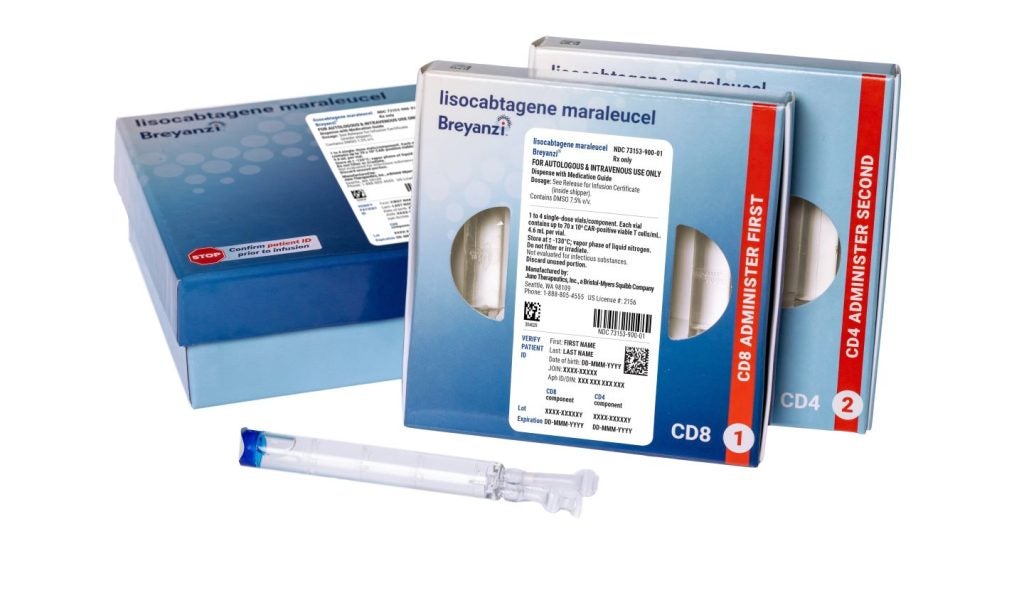Axillary Hyperhidrosis is an indication for drug development with over 8 pipeline drugs currently active. According to GlobalData, preregistered drugs for Axillary Hyperhidrosis have a 100% likelihood of approval (LoA) indication benchmark. GlobalData’s report assesses how phase transition success rate (PTSR) and likelihood of approval (LoA) scores for pipeline drugs in Axillary Hyperhidrosis compared to historical benchmarks. Buy the report here.
GlobalData tracks drug-specific phase transition and likelihood of approval scores, in addition to indication benchmarks based off 18 years of historical drug development data. Attributes of the drug, company and its clinical trials play a fundamental role in drug-specific PTSR and likelihood of approval.
Axillary Hyperhidrosis overview
Axillary hyperhidrosis also referred to as excessive underarm sweating. Excessive sweating in the affected area is caused by over activity of the nerves linked to the sweat glands. Specifically, acetylcholine, a chemical in the body that transmits nerve signals, is released from nerve endings and stimulates secretion of sweat. The condition most frequently develops in adolescence or young adulthood. Treatment includes anticholinergic drugs, surgery, and antiperspirants.
For a complete picture of PTSR and LoA scores for drugs in Axillary Hyperhidrosis, buy the report here.
Premium Insights
From

The gold standard of business intelligence.
Blending expert knowledge with cutting-edge technology, GlobalData’s unrivalled proprietary data will enable you to decode what’s happening in your market. You can make better informed decisions and gain a future-proof advantage over your competitors.







